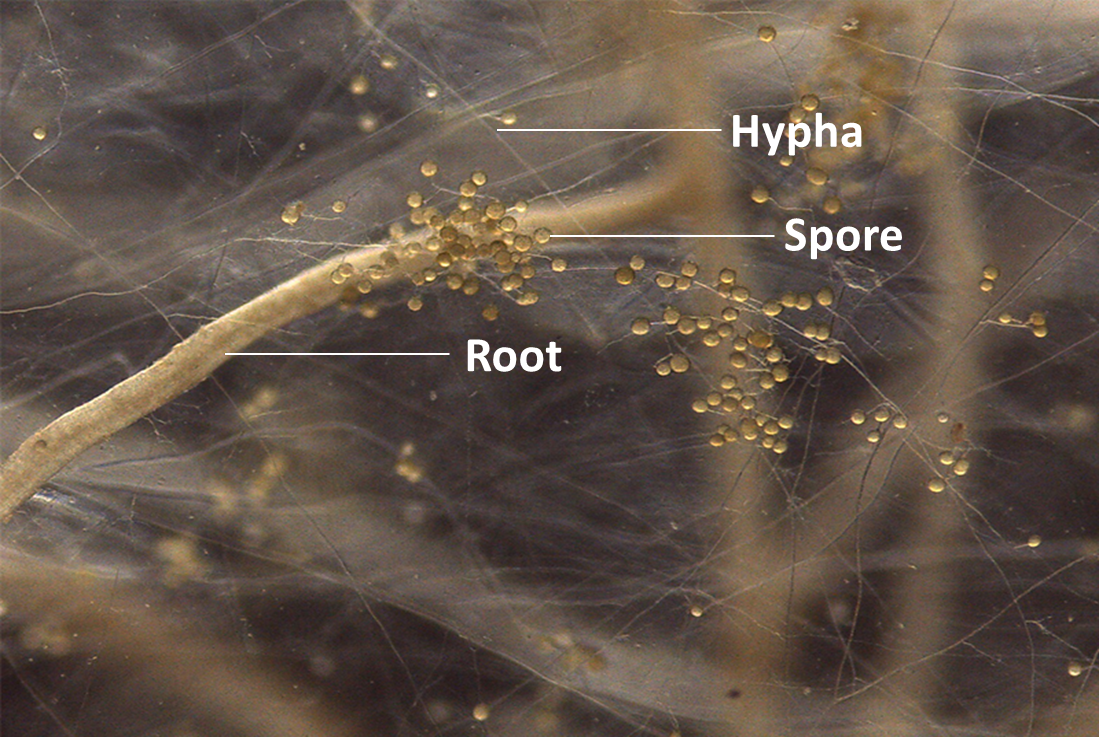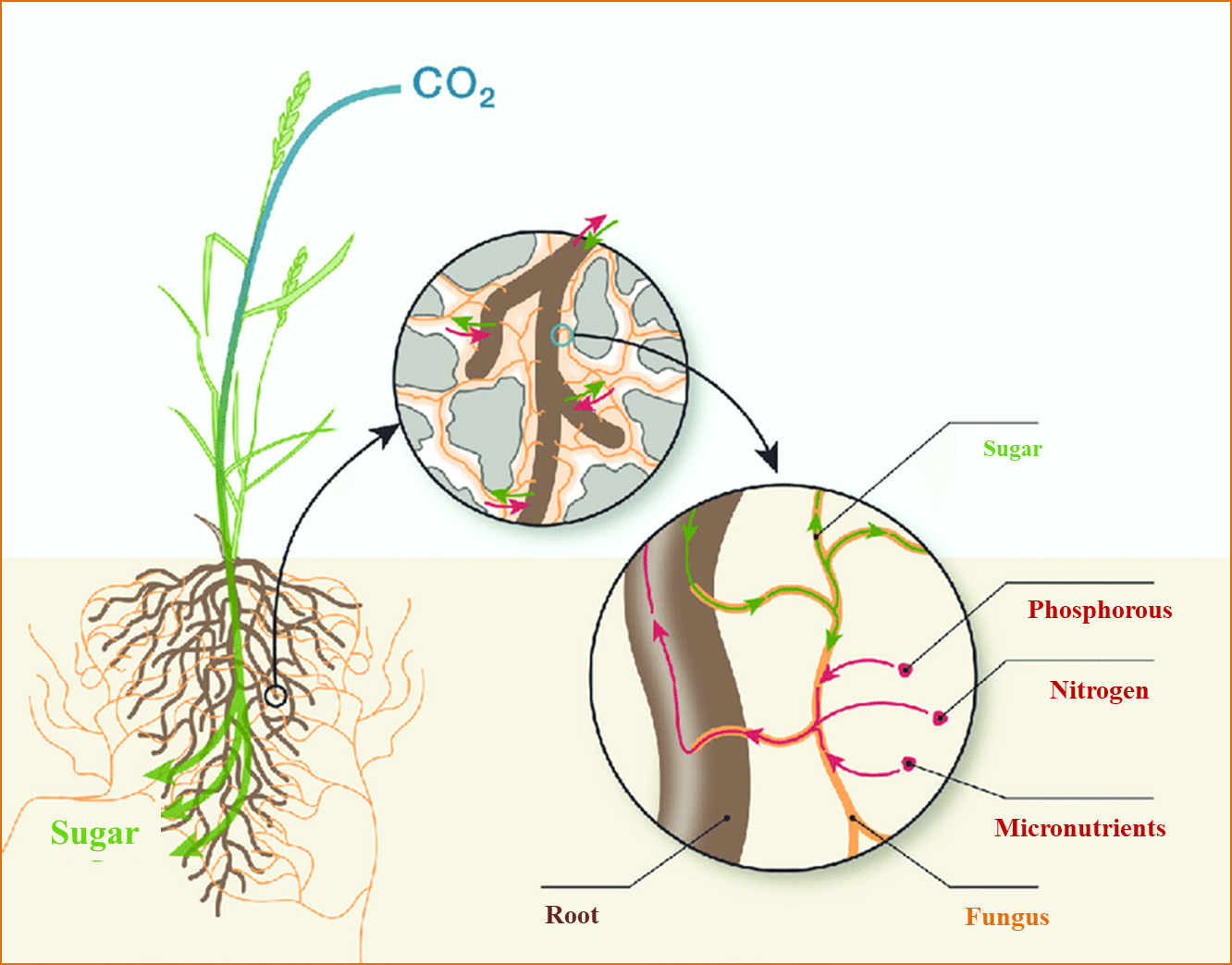Modern agriculture is constantly looking for sustainable ways to increase crop productivity while reducing the use of chemical fertilizers. Among the many innovative strategies, the use of mycorrhizae as biostimulants has attracted great interest in the field of sustainable agriculture.
What is Mycorrhiza?
Mycorrhizae are symbiotic associations between plant roots and beneficial soil fungi. These fungi form a network of filaments, called hyphae that extend through the soil and contact plant roots.

This association allows for a beneficial exchange: Fungi provide plants with nutrients, such as nitrogen, phosphorus, potassium and even heavy metals, while plants provide fungi with organic compounds produced by photosynthesis. This cooperation strengthens the ability of plants to absorb nutrients and resist environmental stresses, thus promoting their growth and health.

Biostimulants based on mycorrhizal fungi: great allies for your plants
Biostimulants based on mycorrhizal fungi have become a key tool for promoting crop health. They are applied during transplantation or directly to the soil to improve root colonization by mycorrhizal fungi. These products stimulate root growth, increase disease resistance, improve soil quality and reduce dependence on chemical fertilizers.
Agronomic benefits of mycorrhizal symbioses
-
-
- ●Increased nutrient absorption: Mycorrhizae improve nutrient absorption, expanding the root zone of plants. This allows for more efficient use of soil resources, thereby reducing dependence on expensive chemical fertilizers.
- ●Improved tolerance to environmental stresses: These symbiotic associations strengthen the resistance of plants to environmental stresses, including drought, saline soils, nutrient-poor soils or diseases.
- ●Improved soil fertility: These fungi contribute to the formation of soil structures, promoting water retention and structural stability.
- ●Improved root growth: Mycorrhizae promote root development by increasing their density, length and surface area.
- ●Increased soil biodiversity: These associations boost soil microbial diversity, which can benefit the overall ecosystem by promoting richer soils and supporting a variety of beneficial organisms for crops.
-
The use of mycorrhizas as biostimulants offers an exciting approach to improve agricultural productivity while preserving natural ecosystems. By investing in research and development, we can fully exploit the potential of mycorrhizae for more sustainable and environmentally friendly agriculture.
Our products based on Mycorrhizae :

